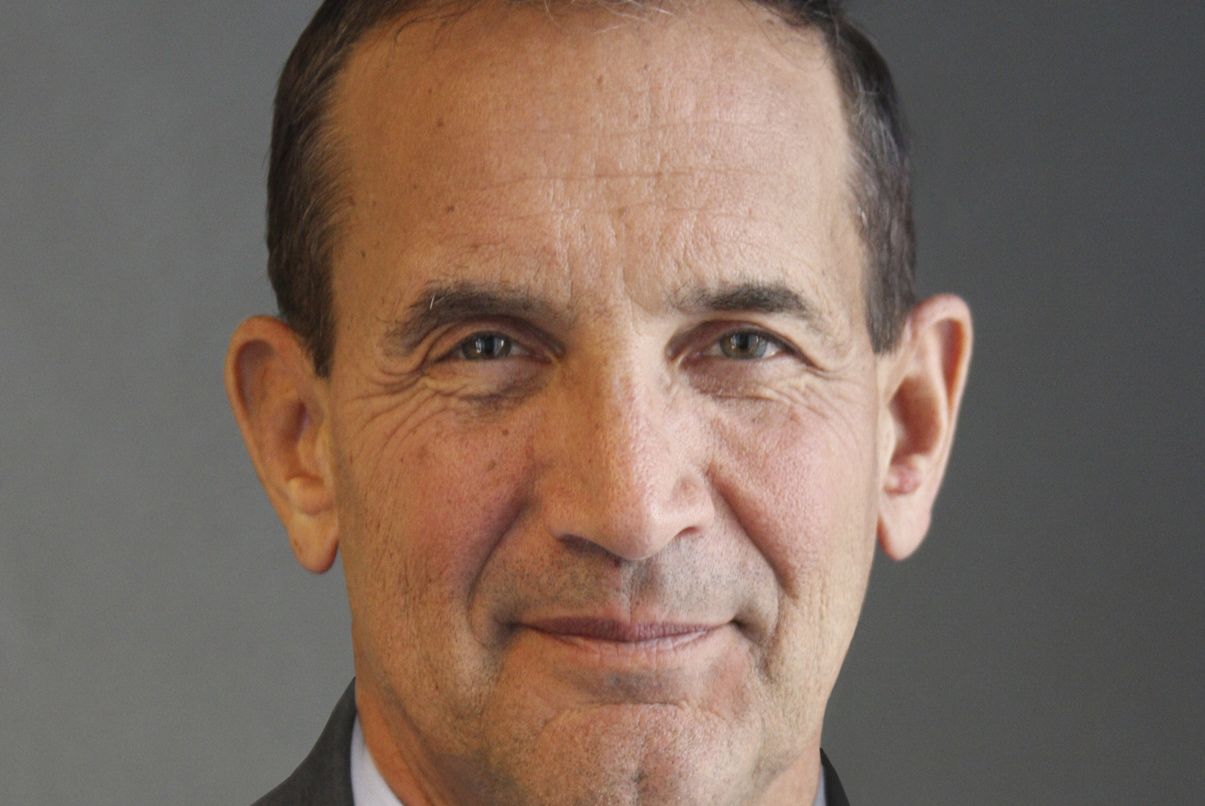While it’s easy to get caught up in campaign season — whether in the United States, where raucous primaries are underway, or in the United Kingdom, where the Brexit campaign is in full swing — that probably won’t help you make investment decisions. It’s probably better to see what’s going on inside some of the world’s biggest economies.
The US economy ebbs and flows, but the real average growth rate for this business cycle —after adjusting for inflation—has been about 2%. And we’re slogging along at about that pace as we begin the second quarter despite repeated, and so far unfounded, concerns that the economy is headed for a recession.
Here’s a look at the US economic scorecard for March:
Looking around the world, China remains weak, but economic data is no longer worsening. There is still a lot of excess capacity, but fears of a deep recession have faded somewhat.
We have seen manufacturing weakness in the eurozone amid headwinds from slowing exports to emerging markets. Inflation has remained scant, prompting the European Central Bank to push interest rates deeper into negative territory and adopt additional unconventional monetary policy tools. Consumption is a bright spot, boosting companies that cater to consumers. We expect a real economic growth rate of slightly better than 1% in 2016.
Japanese growth continues to hover near zero. Despite negative interest rates, fiscal stimulus and structural reforms, Abenomics has not proven sufficient to rekindle growth.
Few signs of excess
We follow a number of business cycle indicators for signs that the present US expansion may be continuing, or conversely, coming to an end. Of these indicators, half are flashing signs that excesses may be creeping into the economy while the other half are showing no signs of stress. Several areas of concern have shown modest improvement of late. For instance, there have been tentative signs of improvement in the Chinese manufacturing sector, and oil prices, which until recently had wreaked havoc with corporate profits, have stabilized to some degree.
While US growth may seem boring, there are some intriguing phenomena going on in other parts of the world. Perhaps the most interesting — some would say crazy — phenomenon is the adoption of a negative interest rate policy (NIRP) by the European Central Bank, Bank of Japan and other central banks. About 40% of the sovereign debt issued by eurozone governments today trades with a negative yield. Not only are investors paying to lend governments money, but they retain all the credit and interest rate risk with no compensation. That’s anything but boring.
Where to turn in a world of NIRP?
Logically, investors are seeking more rational alternatives. Dividend stocks have proven alluring against a backdrop of negative yields. US dividend stocks are particularly attractive. Positive real yields and a steadily growing US economy will likely help companies generate the free cash flow necessary to pay out, and eventually grow, dividends. The US private sector has been producing strong, if not record, free cash flow since the end of the global financial crisis. And dividend-paying stocks outside the US have proven attractive in many developed markets as well. The key is not to chase the ones with the highest yields — they can be dangerous — but to look for sustainable cash flow growers.
Absent a recession, which is often fueled by excessive credit growth, investment-grade credit markets look like an attractive alternative to government securities. They are relatively cheap by historic standards and offer the potential to outperform Treasuries in a mildly rising interest rate environment. It is our belief that against the present backdrop moderate additions to risk assets may be appropriate for some investors. Moving out the risk spectrum, cheap high-yield bonds also look compelling in this environment. And large-cap stocks are another area of opportunity, given their moderate valuations.
This economy may not be as exciting as the latest accusations on the campaign trail, but boring can be a good thing. Especially for long-term portfolios.
James Swanson is the chief investment strategist of MFS Investment Management.



